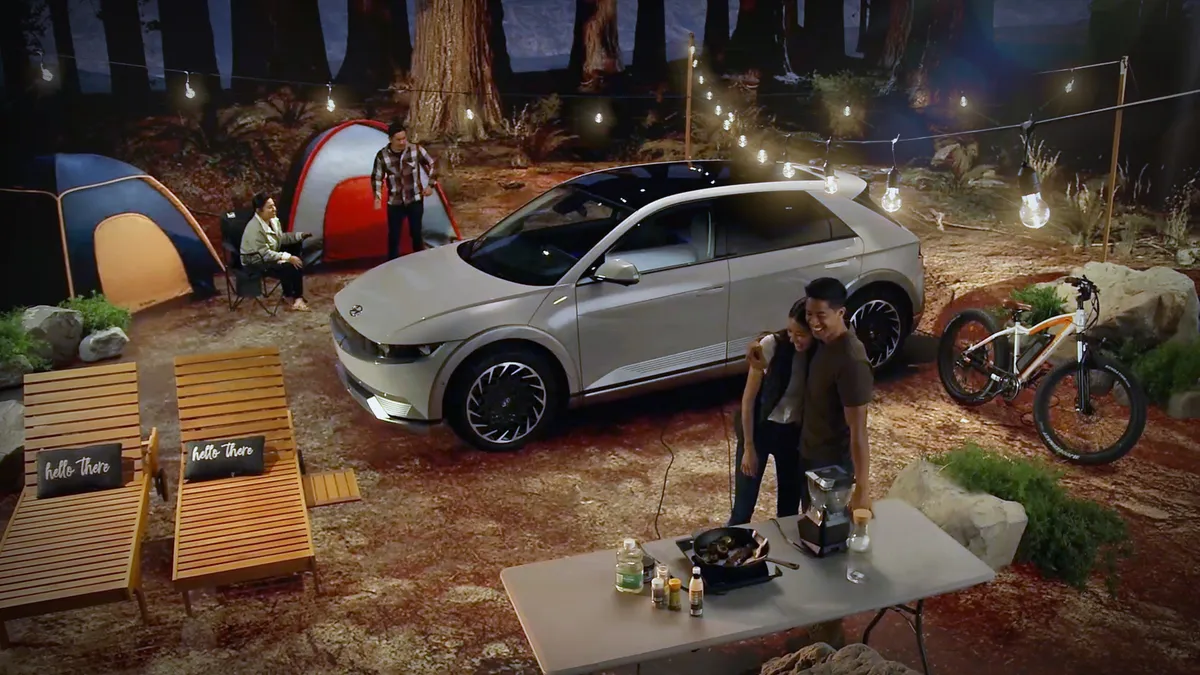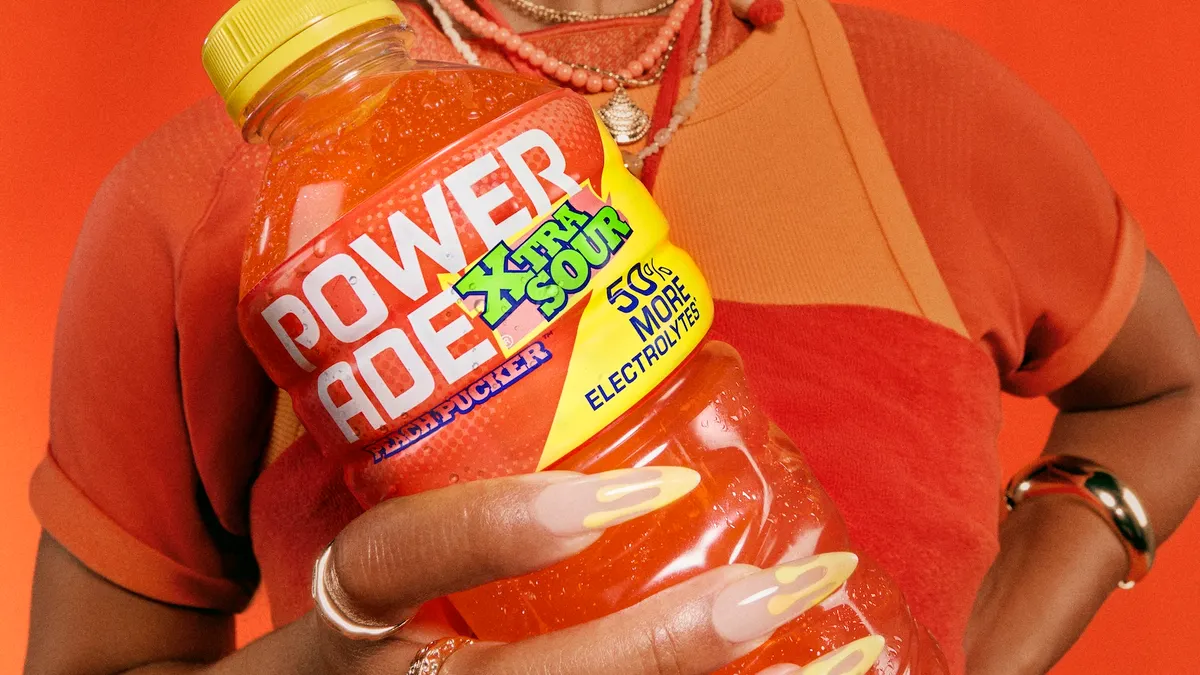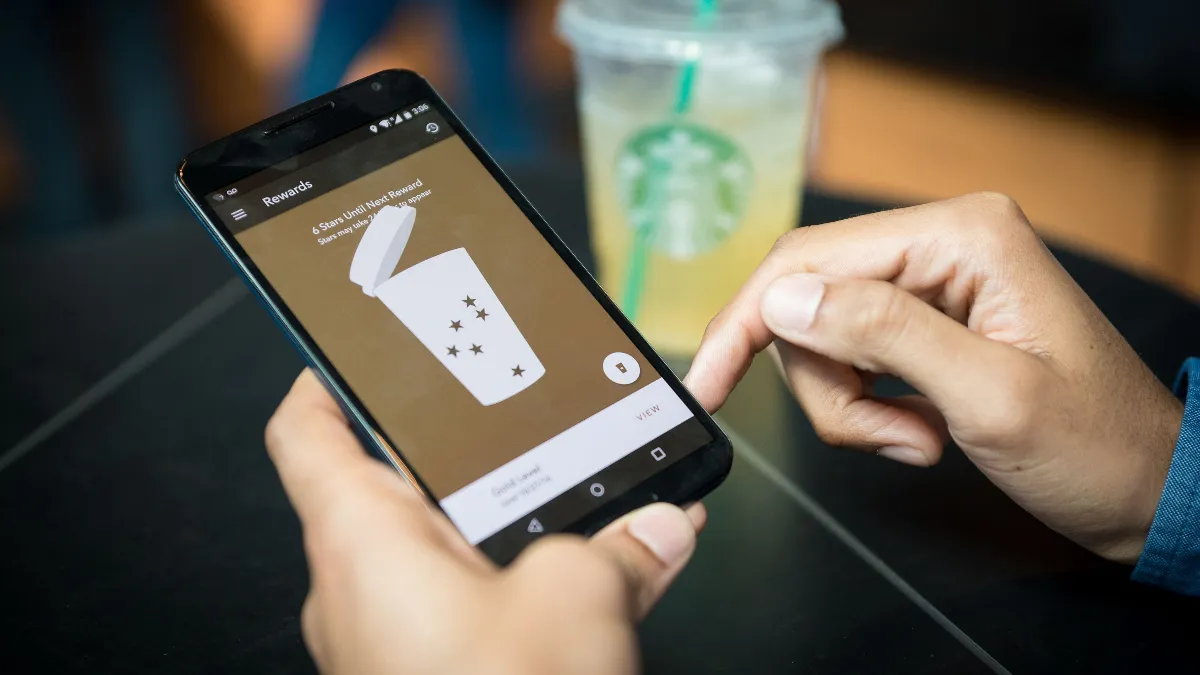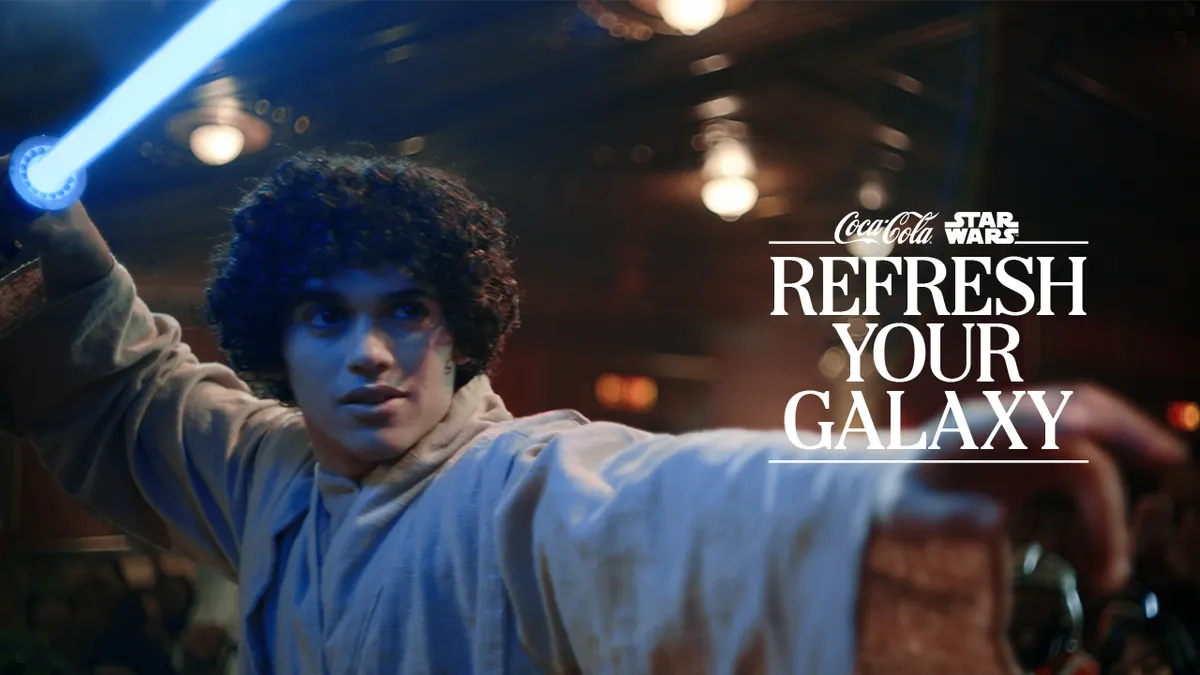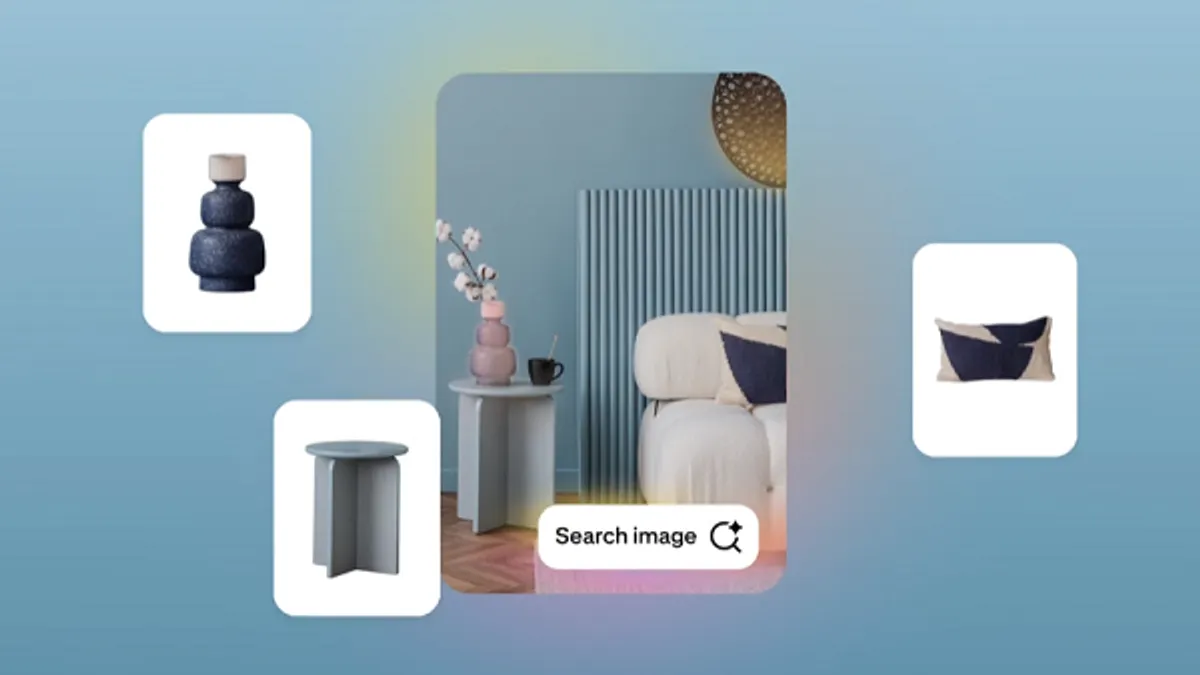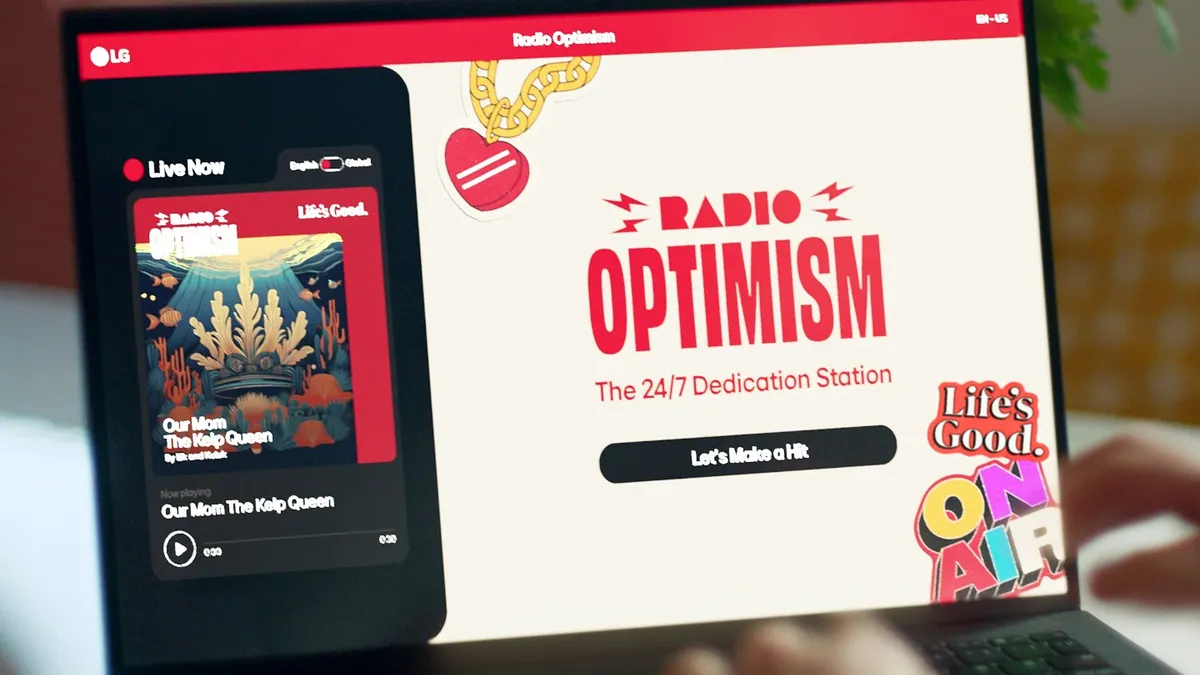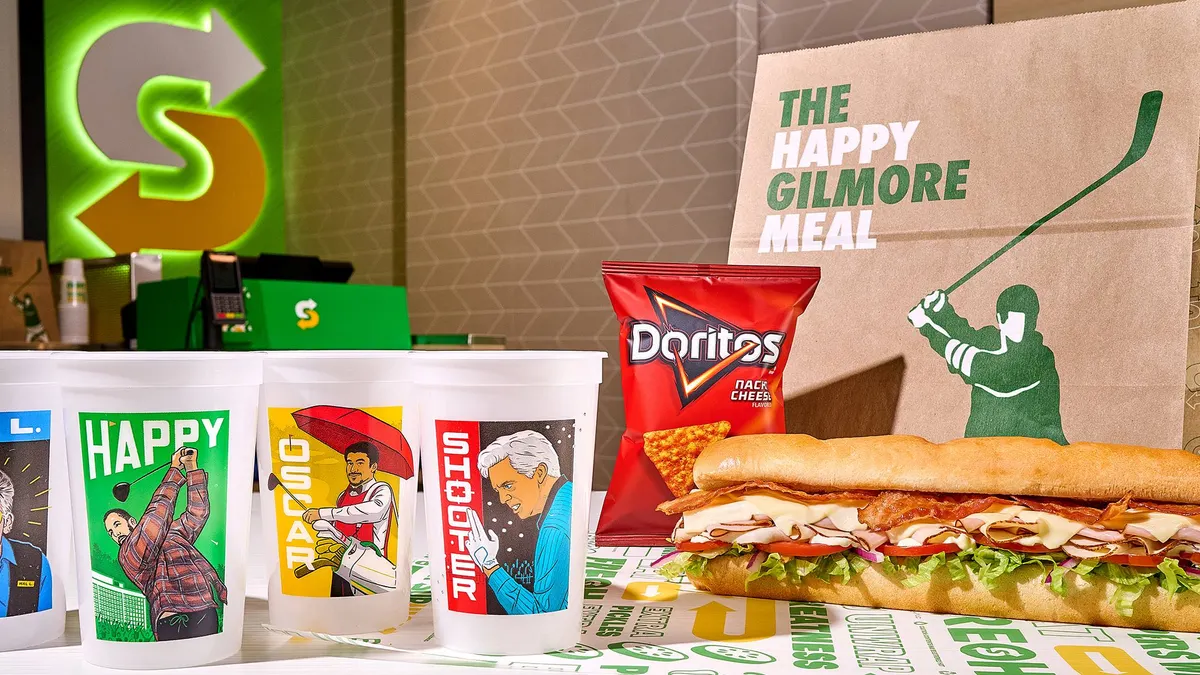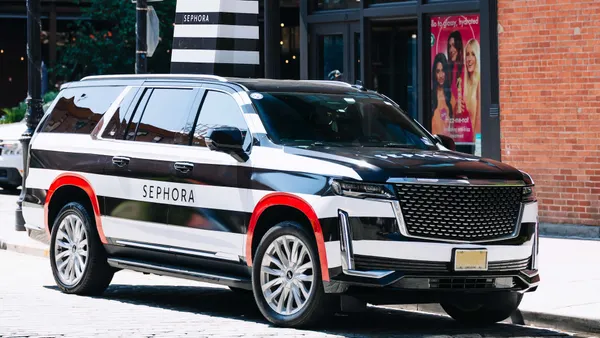Car brands are adapting their marketing strategies to reach millennials who now make up the biggest part of the automotive market. To engage those tech-savvy consumers — who in the past decade were notably ambivalent toward car ownership — more automotive marketers are embracing social media and other mobile-powered platforms.
Livestreamed events, digital content partnerships and augmented and virtual reality (AR/VR) experiences are among the ways car brands are showcasing their latest models. As they work through the ongoing disruptions of the pandemic, they'll continue to rely on these promotional strategies to engage consumers who spend more time with connected devices like smartphones. More than 80% of auto brands on Twitter have hosted a virtual vehicle launch or planned to do so this year, according to the social media company.
"Model launches typically have this grandiose experiential marketing plan behind it — those days are all but gone," said Lauren Donalson, senior director of national accounts at PureCars, a provider of marketing automation and business intelligence software for the automotive industry. "The way to move forward in a more effective way is via digital advertising, specifically in social and in video on channels like YouTube and connected TV."
Car culture lives
This shift to digital reflects the habits of millennials who grew up using the internet to shop. They were among the earliest adopters of smartphones, social media, streaming services and mobile payments. Millennials initially had shown a greater reluctance than older generations to buy cars, helping to support growth of app-based companies like Uber and Lyft that made ride-hailing more feasible.
However, claims that millennials "killed car culture" started to fade as the cohort matured, built careers, started families and needed transportation. Their growing spending power — combined with the sheer size of the generation, which last year was estimated at 72.1 million people in the U.S. — has made them key targets for car brands. Millennials last year made up about 29% of car buyers and are predicted to become the biggest segment of the auto market at more than 30% this year, per Experian Automotive.
"The way to move forward in a more effective way is via digital advertising, specifically in social and in video on channels like YouTube and connected TV."

Lauren Donalson
Senior director of national accounts, PureCars
Experian's data show that the younger Generation Z currently comprises about 4% of car buyers, making them less of a priority for dealers. However, as Gen Z gets older and more of the cohort starts shopping for cars, brands may continue to shift their activities to social media like Snapchat and TikTok that are more popular with younger consumers.
Cord-cutting millennials
The current focus on millennials comes as they drive the cord-cutting trend that makes it more difficult for marketers to reach them through traditional channels like linear TV. The pandemic hastened the trend as households hooked up their TVs directly to the internet to watch streaming video. Google's YouTube was among the platforms that benefited from the trend, with ad revenue that surged 49% to $19.8 billion last year.
"One in three millennials are cord-cutters, so there's unparalleled viewability or reach within platforms like YouTube and for digital advertising in general," Donalson said.
Because digital platforms provide almost instantaneous viewing metrics, automotive marketers can make quicker adjustments to their campaigns based on real-time performance.
"With digital, you can get the instant gratification of knowing what that ad spend is doing," Donalson said. "You're going to see an influx of traffic to your website, or an influx of leads that are the pulse of how a dealership is performing. In the case of manufacturers, they're going to see an influx of pre-orders for a model that they're launching."
Among the more recent automotive campaigns, Hyundai last month collaborated with National Geographic on its first co-branded AR series to promote the carmaker's electric and hybrid vehicles. The series, titled "Outside Academy," urges people to explore national parks virtually and physically while showcasing more environmentally friendly models like the 2021 Santa Fe HEV, Tucson PHEV and Ioniq 5.
Earlier in the year, Toyota worked with four creators to develop original content for social media platform Pinterest to showcase its 2021 Sienna minivan. The campaign sought to change attitudes about minivans, positioning the Sienna as a "third space" between home and the office amid the pandemic's ongoing disruption to daily life.
These campaigns seek to engage prospective car buyers who want the same conveniences from dealerships that they've come to expect from e-commerce sites. The surge in online shopping during the pandemic may have a lasting effect on consumer behavior, challenging dealers to engage people on mobile and digital platforms where they're already spending time.
"The pandemic forced dealerships to move toward the customer, which is something that the customer has wanted for years," Donalson said. "More of the transaction can be conducted and facilitated online, while less of the transaction requires interfacing with folks in the dealership."


